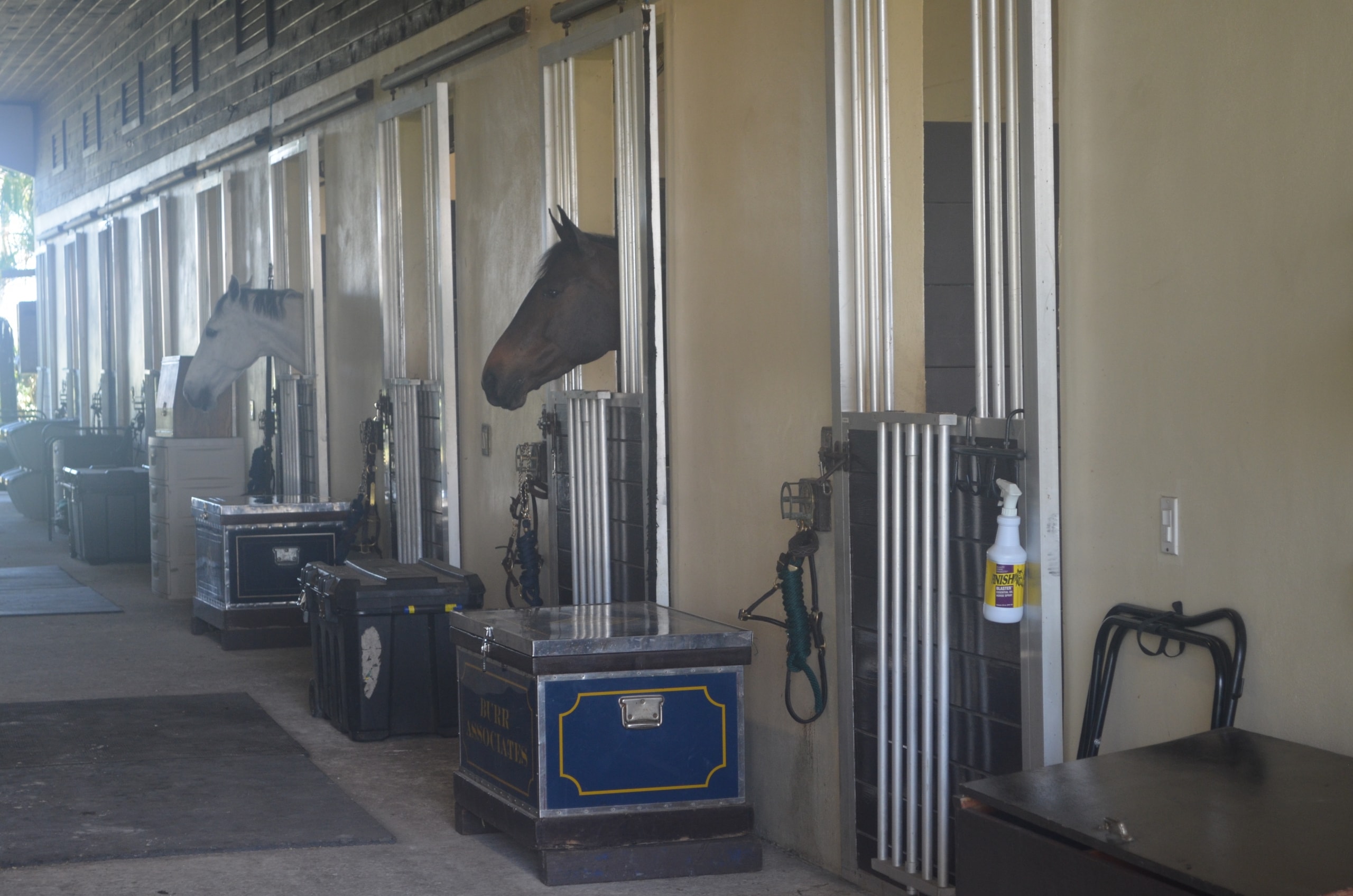Racehorses are asked to perform incredible feats of athleticism, and they’re more likely to be injured than other animals as a result. Even a horse that’s adequately trained and fit is at risk, as a spook or misstep during a crucial moment could result in a career-ending injury. Below are some of the most common issues racehorses face and how to help these animals recover:
Bone bruises
A racehorse’s foot and ankle bones endure an incredible amount of force as the animal runs and jumps, putting these delicate structures at risk of bruising. Bruises aren’t as serious as fractures, Practical Horseman noted, but they do cause internal bleeding, swelling and fluid build-up.
Bone bruises are hard to diagnose. Your horse will present signs of soreness, but it’s easy to mistake these for other injuries. In addition, the damage from bruised bones is so small it doesn’t show up on an x-ray. Your vet will need to perform an MRI instead. As such, diagnosing a bone bruise is often a process of elimination.
Healing a bone injury takes time, so your horse will need several months of rest. Make sure its hooves are properly cared for so its weight distributes evenly and one leg doesn’t suffer more stress than the other. In addition, feed your horse calcium supplements like Finish Line’s Apple-A-Day or Feet First Coat 2nd to support strong bones.
Colic
“Serious instances of colic can result in death or euthanasia.”
Colic is one of most common ailments suffered by both competitive and noncompetitive horses. The term describes almost any sort of stomach pain, and most instances are caused by gas or impactions, according to the University of Minnesota. While most cases are resolved easily, serious conditions can result in death or euthanasia.
To prevent colic, make sure your horse has ample access to clean water and pasture turnout. Have its teeth floated every six months – bad teeth compromise your horse’s ability to chew its feed thoroughly, and large bits of food increase the risk of impaction. Keep the equine on a strict parasite control regimen, and monitor its diet and habits closely. Spotting early signs of colic increases the likelihood of recovery. Such signs include a change in drinking habits or dry fecal balls.
Cracked hooves
Like bone bruises, cracked hooves result from the enormous amount of pressure your horse incurs as it performs. Hoof issues can stop an award-winning horse in its tracks and can easily lead to lameness. Common causes of hoof cracks are hard surfaces and poor shoeing, although sometimes laminitis is the culprit.
Proper trimming and shoeing reduces the risk of hoof cracks, but some horses naturally have more delicate feet than others. In these instances, your animal needs a diet that prevents future cracks and helps current ones heal. Try supplementing its feed with Feet First Coat 2nd to promote strong hoof development.
Splints
“Splints are most common in young horses.”
Splints are most common in horses 3 years and younger that undergo heavy training. Frequent pressure, bone damage or torn interosseous ligaments causes calcium deposits to form on the splint bones. Symptoms include lameness as well as heat, swelling and pain around the splint bones.
Most horses that suffer splints recover to become winning horses. The only evidence of their condition is a slight cosmetic blemish left behind. Give your horse plenty of rest, and use cold therapy to reduce swelling and inflammation. Finish Line’s Iso-Tite Gel and EZ-Willow Gel both support relief from minor swelling. In extreme splint cases, surgery may be required to remove the growth.
Tying up
This condition refers to a specific muscle condition separate from typical sprains and soreness. Horses with this condition have elevated creatine kinase and aspartate animotransferase levels, indicating muscle damage.
Tying up is a difficult condition to handle. Horses that suffer once are prone to repeat occurrences, which then affect their training and performance. In addition, there’s no surefire method to prevent an attack. However, regular exercise that doesn’t overexert your horse is beneficial, as is a diet light on grain. Finish Line’s JC’s X-Tie Up, which supports healthy muscle function and energy utilization, also helps prevent and alleviate this condition.
In addition, according to TheHorse.com, some research suggests horses with electrolyte imbalances are more prone to tying up than others. Finish Line’s Apple-A-Day and Orange-A-Day are both daily electrolyte supplements created to support healthy hydration levels.









